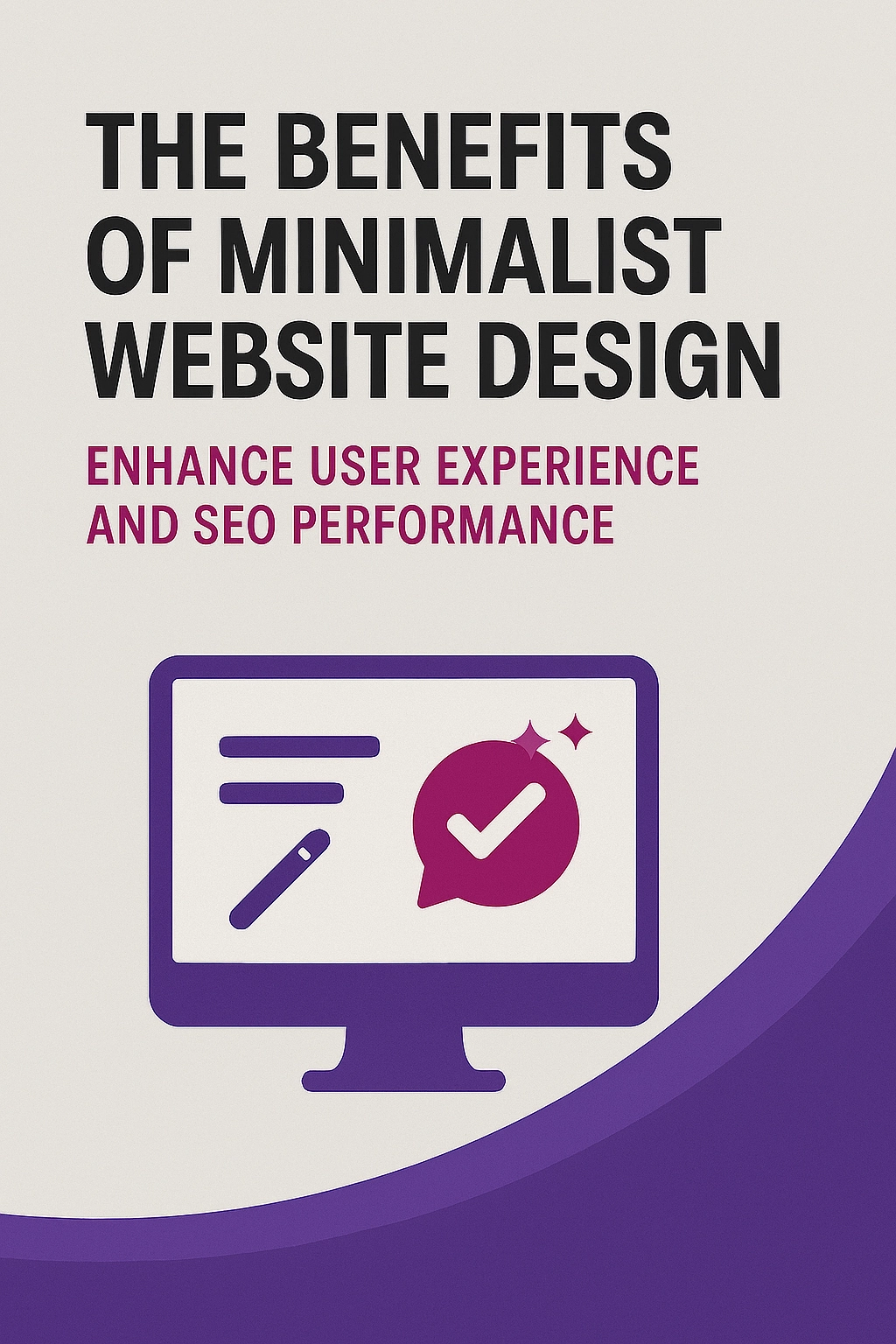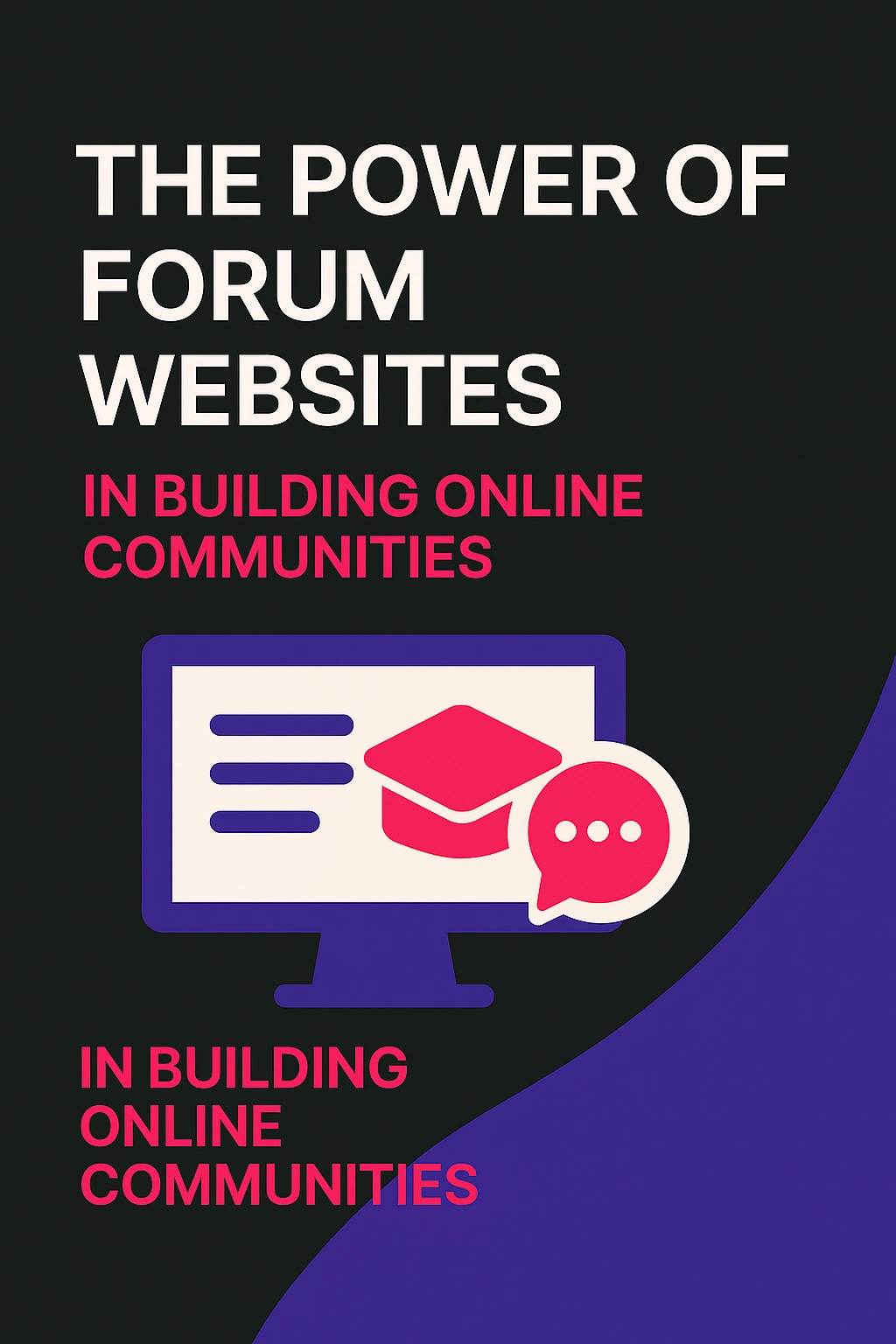
The Benefits of Minimalist Website Design: Enhance User Experience and SEO Performance
Discover how minimalist website design can enhance user experience, improve SEO performance, and help your business stand out online.
Introduction:
Typography plays a crucial role in web design, shaping not only the aesthetic of a website but also its functionality and user experience. As a core element of design, it helps convey a brand’s voice, establish hierarchy, and improve readability. At We Do The Web Digital Marketing Agency, we understand how essential it is to choose the right typography for your website. In this post, we’ll explore the importance of typography in web design and how it can elevate your website’s performance and user engagement.
What Is Typography in Web Design?
Typography refers to the style, arrangement, and appearance of text. It involves choosing fonts, adjusting sizes, spacing, and line heights, and ensuring that the text complements the overall design. Typography isn’t just about picking pretty fonts; it’s a strategic tool that influences how visitors perceive and interact with your website.
When done right, typography enhances the visual appeal and accessibility of your site, guiding users effortlessly through your content. At We Do The Web, we believe that typography is not only about creating a visual experience but also about ensuring your website is user-friendly and aligned with your brand identity.
The Importance of Typography in Web Design
When users land on your website, they form an impression within seconds. Typography is a significant part of that impression. A clean, readable font can create a sense of professionalism and trustworthiness, while cluttered or hard-to-read text can drive users away. Proper typography ensures that visitors don’t just glance at your site; they engage with it.
Effective typography helps establish a clear visual hierarchy, guiding users through your website in a logical manner. Headings, subheadings, and body text should be distinguishable, making it easier for users to scan and navigate the content. By varying font sizes, weights, and styles, you can direct attention to key areas such as calls to action or important information.
Web content should be easy to read across all devices, whether on a desktop, tablet, or mobile. Well-chosen fonts with appropriate line spacing, size, and colour contrast enhance readability and reduce eye strain. The goal is to ensure users can read your content without effort, no matter what screen they’re using.
Typography is an extension of your brand. The fonts you choose communicate your brand’s personality, tone, and style. Whether you’re going for a modern, minimalist look or a playful, creative vibe, the typography should align with your brand’s values. For instance, a luxury brand might opt for elegant serif fonts, while a tech start-up might go for a sleek sans-serif font.
Typography isn’t just about looks—it’s about usability. When the text is well-designed, it improves the overall user experience (UX) by making it easy to navigate your website. Factors such as font size, readability, and contrast all play a role in ensuring that users find the information they need quickly and without frustration.
Choosing the Right Typography for Your Website
The first rule of typography is legibility. Choose fonts that are easy to read, especially for body text. Avoid overly decorative fonts for long paragraphs, as they can strain the eyes. For headings, you can experiment with more creative fonts, but ensure they remain legible.
Your choice of typography should reflect your brand’s personality. If your business is professional and formal, you might opt for classic, serif fonts. If your brand is youthful and energetic, consider modern, sans-serif fonts. Ensure the typography matches the overall tone of your website and communicates your message effectively.
Web-safe fonts are essential for maintaining consistency across all devices and browsers. Common choices include Arial, Helvetica, and Times New Roman. If you prefer custom fonts, ensure they are properly embedded into your website code, so they display correctly for every visitor.
While it’s tempting to use a variety of fonts, sticking to a maximum of two or three fonts helps maintain a clean and cohesive design. This ensures the typography remains simple and does not overwhelm users. Typically, one font is used for headings and another for body text, with variations in weight or style to create contrast.
An accessible website is one that can be easily read by everyone, including people with visual impairments. Make sure there is sufficient contrast between the text and the background, and ensure font sizes are adjustable for users with different needs. Additionally, providing alt text for images and using appropriate heading structures helps improve accessibility.
The Impact of Typography on SEO
Believe it or not, typography also plays a role in SEO. Search engines prioritise user experience, and if your typography enhances readability and engagement, it can indirectly improve your SEO performance. Visitors who stay on your website longer and interact with your content send positive signals to search engines, which can improve your rankings.
Conclusion: Optimise Your Website with Expert Typography
Typography is more than just an aesthetic choice—it’s a critical component of web design that affects your website’s performance, user engagement, and brand perception. At We Do The Web Digital Marketing Agency, we understand the importance of typography and can help you choose the perfect fonts for your website. By selecting the right typography, you can improve readability, create a positive user experience, and communicate your brand’s identity effectively.
Contact us today to learn how we can help optimise your website’s design and elevate your online presence with expert typography.

Discover how minimalist website design can enhance user experience, improve SEO performance, and help your business stand out online.

Discover how your website can become the central hub of your marketing, blending social media, SEO, content, and email into a recipe for digital success.

Forum websites foster community, encourage knowledge sharing, and build brand authority through meaningful online discussions.
Trust is earned through consistent, quality content. We’ll help you build that relationship with your audience.
array(1) {
["code"]=>
string(9) "2jc1vC7MT"
}
Array ( )$successArray
Array ( )